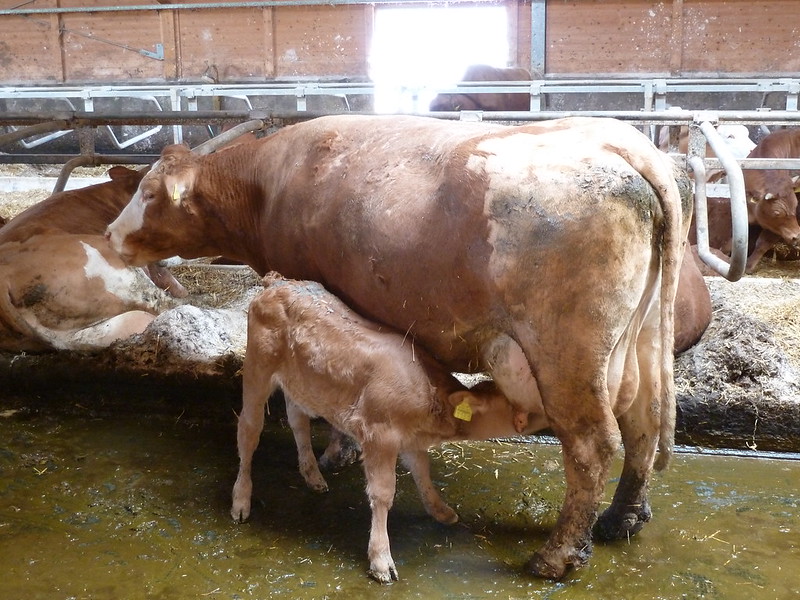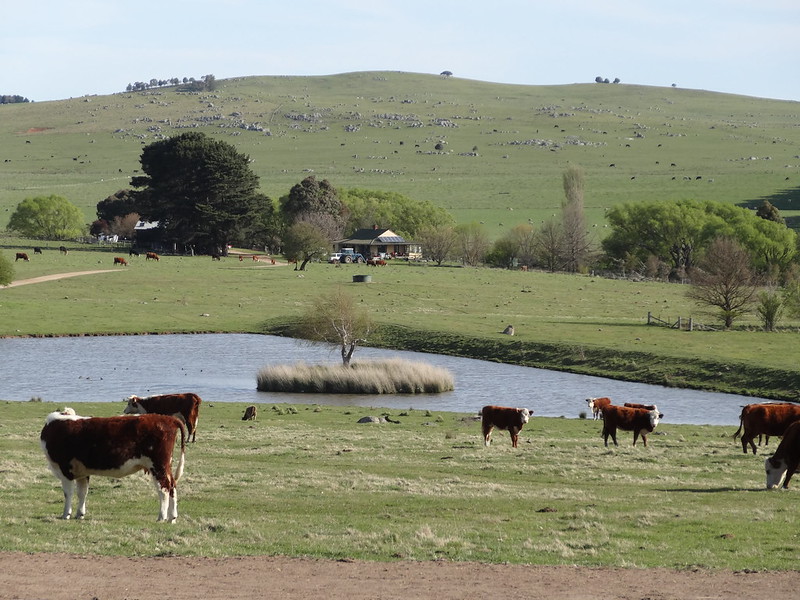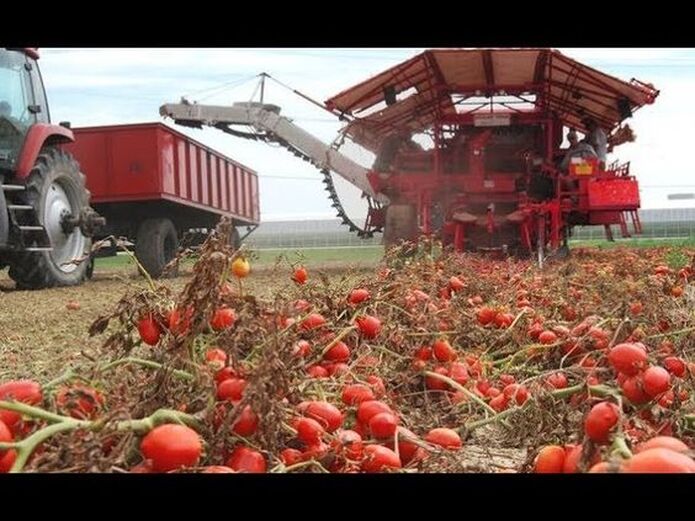Small-Scale Farming
Refers to the farming practice done on a small area of land.
Features of Small-Scale Farming
Limitations
Large-Scale Farming
Refers to the farming practice on a large area of land, mainly for local and export market.
Features
Examples
0 Comments
It refers to the growing of crops for subsistence, export or both. Commonly done on high potential areas. The type of crops grown are determined by the ecological conditions.
Examples of arable farming practices are inter-cropping, mixed cropping and mono-cropping. inter-cropping
Is the growing of two or three crops in association e.g. maize, beans, and sisal. All crops are grown in the same garden at the same time.
Advantages
Disadvantages
Mixed cropping
Is the planting of different crops in different plots on the same farm e.g. annuals and perennials. All other aspects are similar to those of inter-cropping.
Mono-cropping
Is the establishment of a pure stand of one crop in a field, e.g. maize, tea and coffee.
Advantages
Disadvantages
Mixed Farming
Is the practice of growing crops and rearing livestock on the same farm. Common in high potential areas e.g. Central and Western provinces of Kenya.
Advantages
Disadvantages
This is a system which involves keeping of livestock and moving with them from one place to another in search of better pasture and water. Types of Pastoralism
Characteristics of Pastoral Farming
Disadvantages of Pastoralism
Pastoral ism is gradually changing to ranching where there is:
INTRODUCTIONThis is the practice of cultivating a piece of land until the soil is exhausted and crop yields decline. The land is abandoned and a fresh one opened for cultivation. ADVANTAGES
DISADVANTAGES
|
Categories
All
Archives
May 2021
Quick Agriculture Revision Notes
|
||||||||||||||||||||||||||||||||||||||||||||||||||||||||||||||||||||||||||||||||||||||||||||||||||||||||||||||||||||||||||||||||||||||||||||||||
We Would Love to Have You Visit Soon! |
Hours24 HR Service
|
Telephone0728 450425
|
|
8-4-4 materialsLevels
Subjects
|
cbc materialsE.C.D.E
Lower Primary
Upper Primary
Lower Secondary
Upper Secondary
|
teacher support
Other Blogs
|




 RSS Feed
RSS Feed